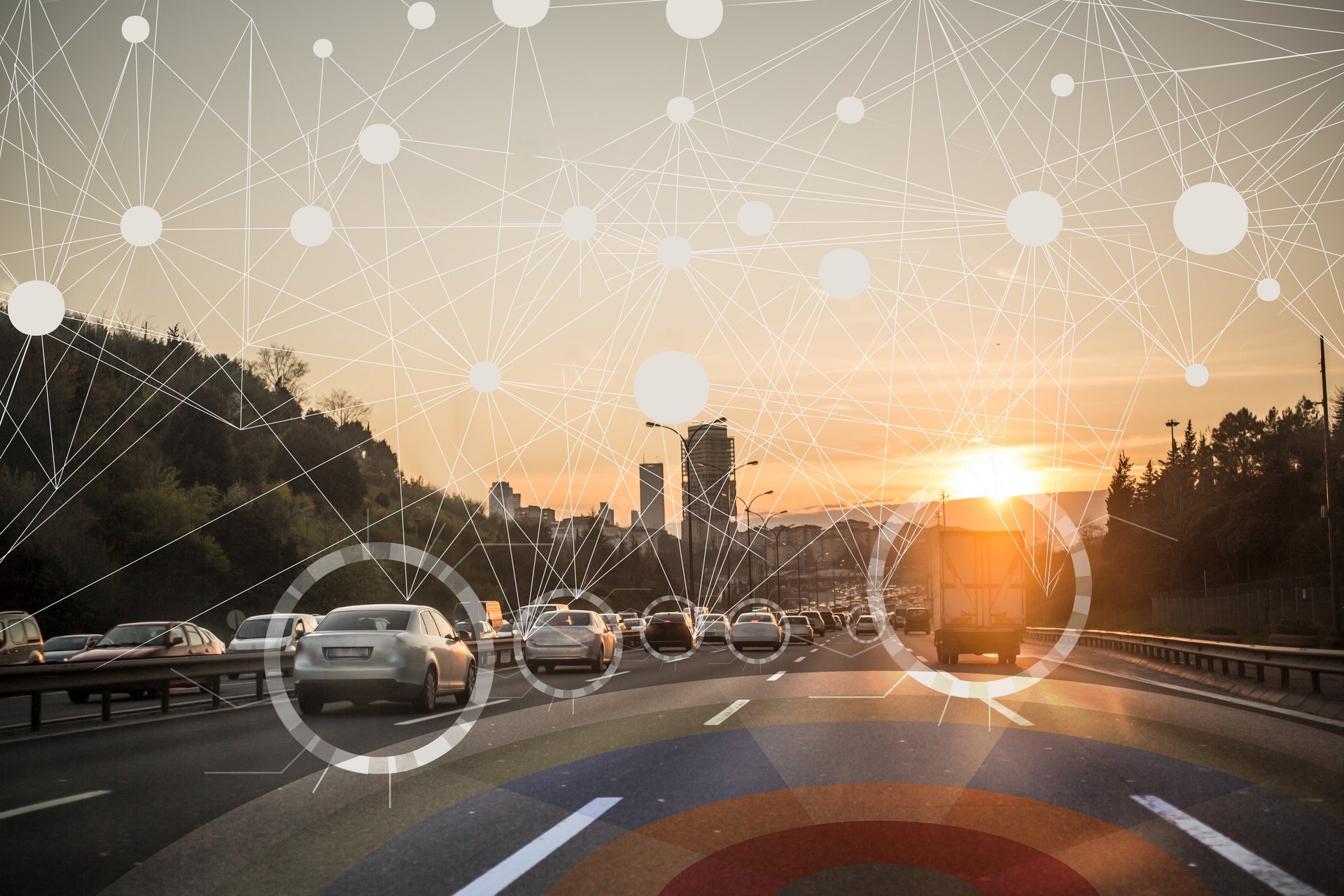Exploiting the enormous volume of data available, combined with the ever-evolving computing power of computers, is at the heart of today's challenges. Our professors, true experts in mathematics and programming, rise to these challenges with brio.
Actuaries specialized in risk analysis, mathematicians expert in modeling and computer scientists in artificial intelligence work together to extract the best from the data. Their objective? Optimize the use of data and improve decision-making through predictive models and powerful algorithms.
By combining know-how and innovation, these professionals transform data into valuable information, providing concrete solutions to complex problems.
